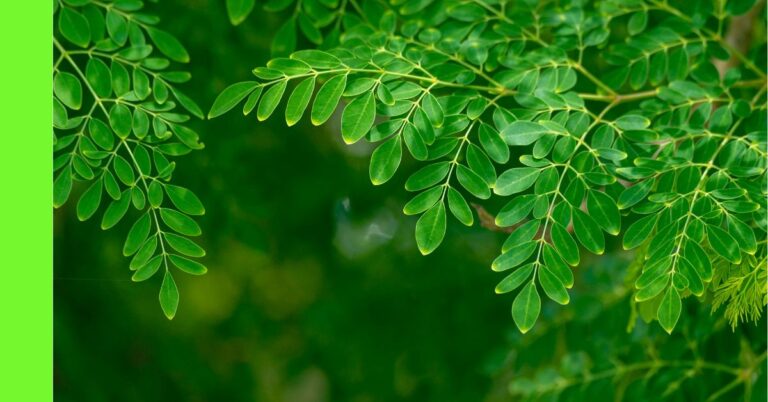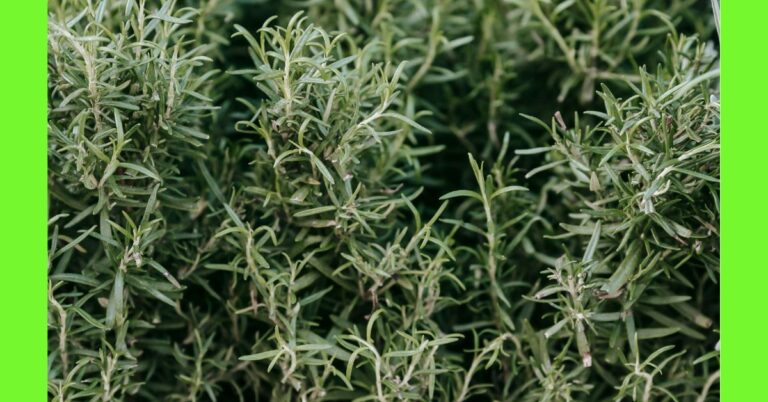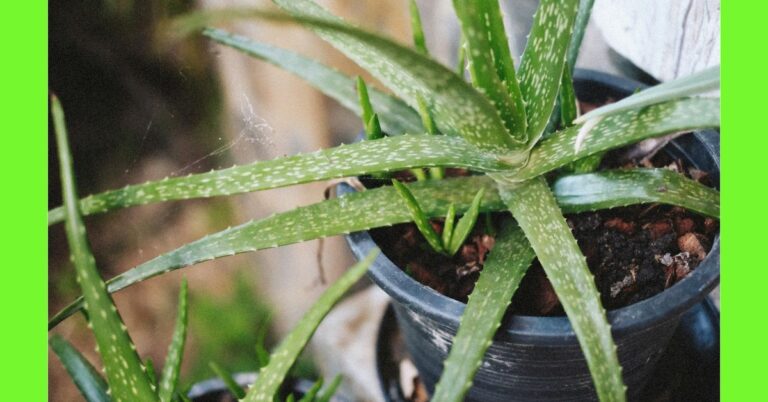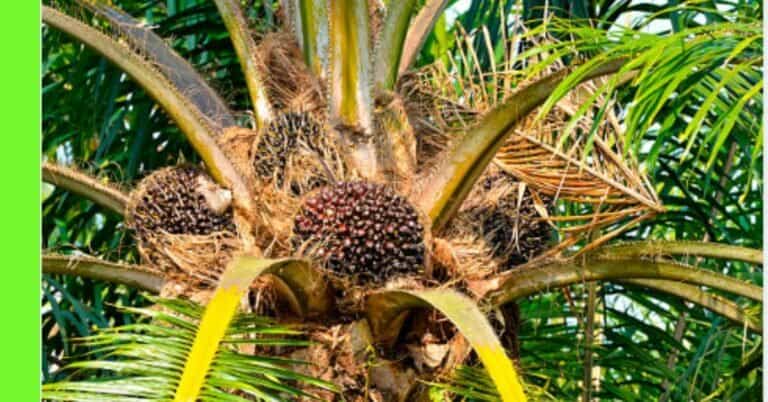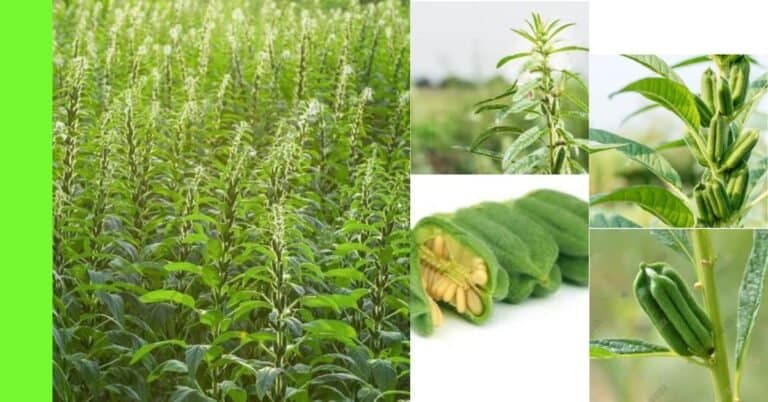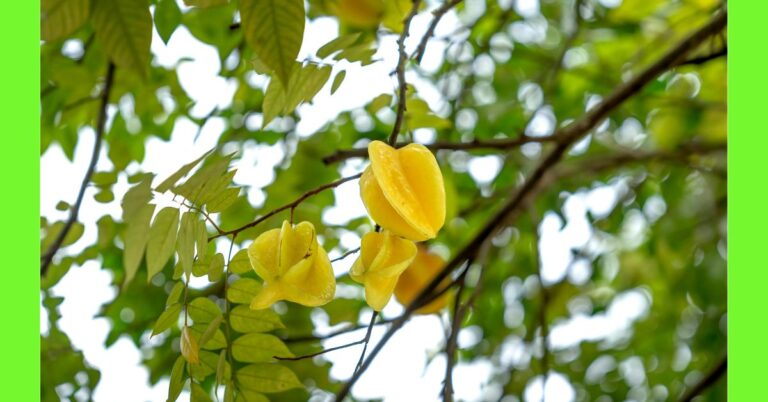How To Plant Neem: A Step by Step Guide
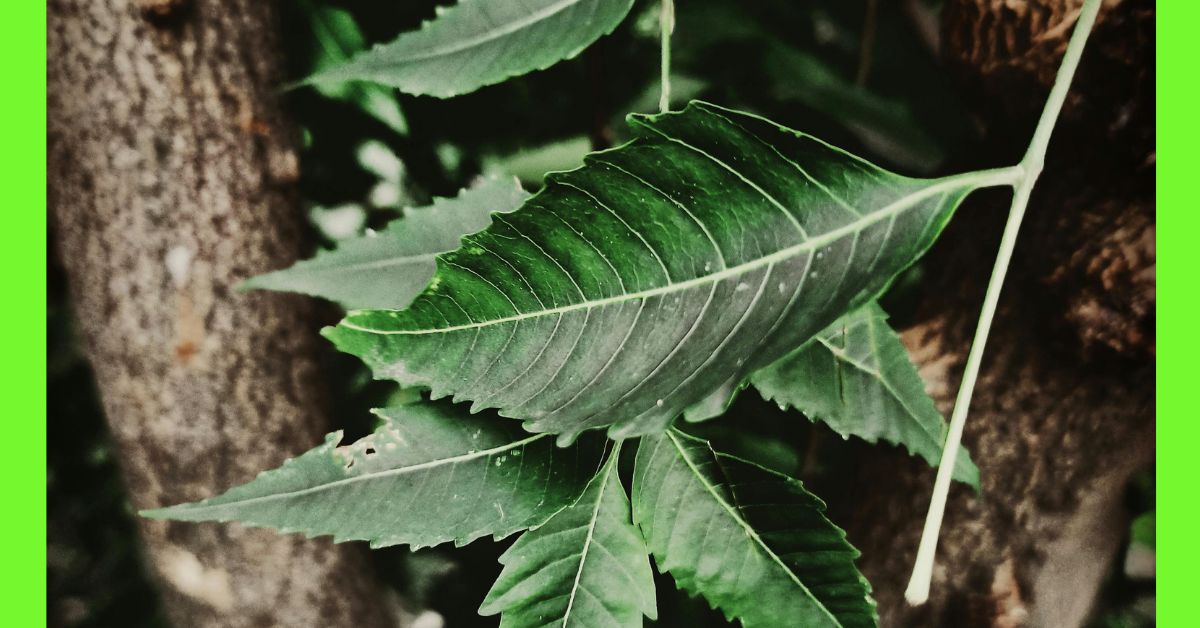
Nigeria has a wide variety of tree species that play important roles in health, the environment, and the economy.
Among them, the neem tree (Azadirachta indica) stands out as one of the most valuable.
Neem is often called the “village pharmacy” because almost every part of the tree, from the leaves to the bark, seeds, and roots, has medicinal, agricultural, or industrial uses.
Planting neem in Nigeria is both simple and rewarding.
The tree grows well in different soil types, requires little maintenance, and can survive even in harsh conditions.
This article provides a step-by-step guide on how to plant neem successfully in Nigeria, from land preparation to harvest and pest control.
Description of the Neem Plant
Neem (Azadirachta indica) is a fast-growing, evergreen tree.
It belongs to the mahogany family (Meliaceae).
Neem trees typically grow between 10–20 meters tall, though under favourable conditions, they can reach 25 meters.
The trunk is straight, with a broad, spreading crown that provides dense shade.
The leaves are compound, green, and made up of many small leaflets that are bitter to taste.
The tree produces small, fragrant white flowers in clusters, which later develop into smooth, olive-shaped fruits.
The fruits contain a seed kernel rich in neem oil, an important product used in traditional medicine, cosmetics, and bio-pesticides.
Neem is highly valued for its medicinal properties; the leaves, bark, roots, and oil are used to treat ailments like malaria, skin infections, ulcers, and high blood pressure.
Agriculturally, neem is used as a natural pesticide because it repels pests without harming beneficial insects.
Environmentally, neem provides shade, prevents soil erosion, and serves as a windbreak in farms and communities.
Planting Season for Neem
Neem can be planted almost any time of the year because of its hardy nature.
However, the best planting season in Nigeria is during the rainy season, usually between April and July in most regions.
Planting at this time ensures that young seedlings have enough water to establish strong roots before the dry season.
In northern Nigeria, where rainfall is shorter and less predictable, planting should begin as soon as the first steady rains fall, usually in May or June.
With irrigation, neem can also be planted during the dry season.
Planting the Neem
Planting neem involves a few straightforward steps, but attention must be paid to soil type, spacing, and care during the early growth stages.
Step 1: Choose a Location
Neem thrives in well-drained sandy loam or loamy soils.
It tolerates poor, rocky, and even slightly saline soils but does not perform well in waterlogged areas.
Select a location with plenty of sunlight, as neem needs direct sun to grow tall and healthy.
If neem is being planted for commercial purposes (timber, oil, or large-scale medicinal use), select large open land with access roads for easy harvesting.
For community planting or homesteads, neem can be planted along boundaries, roadsides, or as shade trees in compounds.
Step 2: Land Clearing and Preparation
Clear the land of weeds, shrubs, stumps, and debris.
For large-scale plantations, ploughing may be necessary to loosen the soil.
On a small scale, clearing and digging, planting holes is enough.
Mark out planting holes at a spacing of 4–6 meters apart if planting for shade or ornamental purposes.
For commercial plantations, wider spacing of 6–8 meters is better to allow full canopy spread and ease of harvesting.
Each hole should be about 45–60 cm wide and 45–60 cm deep.
Mix the topsoil with organic manure or compost before refilling.
This ensures young seedlings get the nutrients they need to establish quickly.
Step 3: Means of Propagation
Neem can be propagated by:
- Seeds – This is the most common and cheapest method. Neem seeds are recalcitrant (they lose viability quickly), so they must be planted fresh.
- Stem Cuttings – Cuttings from mature trees can root under controlled nursery conditions, but success rates are lower than with seeds.
- Nursery Seedlings – Many farmers prefer raising neem in nurseries before transplanting to the field, as it ensures higher survival.
Use our online directory to find Neem seed or seedling suppliers near you or across Nigeria. Click here, Floratalk Hub
Step 4: How to Plant Neem from Seed
If planting directly from seeds:
- Collect ripe neem fruits (yellow in colour) from healthy trees.
- Remove the pulp by washing, leaving only the clean seed.
- Plant the seeds immediately after collection, as they lose viability within 2–3 weeks.
- Seeds can be planted in nursery beds or polybags filled with sandy loam soil. Sow at a depth of 1–2 cm.
- Germination usually occurs within 1–3 weeks.
- When seedlings reach 30–40 cm in height (about 3–4 months old), they can be transplanted into the field.
For direct planting, put 1–2 seeds into prepared holes during the rainy season and cover lightly with soil.
Thin to one healthy plant after germination.
Find your agro suppliers on Floratalk Hub
Step 5: Watering
Neem is drought-tolerant, but young seedlings require regular watering until they establish roots.
In nurseries, water once daily during the dry season.
After transplanting to the field, water 2–3 times weekly in the first 1–2 months if rainfall is low.
Once established, neem can survive with minimal watering, although supplementary irrigation during prolonged drought improves growth.
Step 6: Apply Manure
Neem does not require heavy fertilisation, but applying manure at planting gives it a good start.
Organic manure such as cow dung, poultry droppings, or compost should be mixed into the planting hole.
Mature trees generally do not need fertiliser unless grown in very poor soils.
Maturity and Harvest
Neem trees grow quickly and begin flowering and fruiting within 3–5 years after planting, depending on growing conditions.
Full maturity is reached at around 10 years.
The fruits ripen between May and August in most parts of Nigeria.
Mature fruits turn yellow and can be harvested by handpicking or shaking branches onto a net.
Neem leaves can be harvested at any time for medicinal use.
The bark, twigs, and roots can also be harvested carefully without destroying the tree.
Neem oil is extracted from the seeds through cold pressing or solvent extraction and is used in medicine, cosmetics, and natural pesticides.
Pests and Diseases of Neem
Neem is generally resistant to most pests and diseases, which is why it is widely planted. However, some challenges may still occur:
- Caterpillars – Feed on neem leaves, causing defoliation.
- Whiteflies and Aphids – May attack young shoots and suck plant sap.
- Termites – Attack roots and stems, especially in dry areas.
- Powdery Mildew – A fungal disease that appears as white powdery spots on leaves.
- Leaf Spot Disease – Causes brown or black spots on leaves, leading to defoliation.
- Root Rot – Can occur in poorly drained soils, leading to wilting and death of young plants.
Pest and Disease Control of Neem
Since neem itself is a natural pesticide, most infestations are minor and rarely affect overall growth.
However, control measures include:
- Cultural Practices – Keep the farm clean, remove weeds, and prune diseased branches. Ensure proper spacing and drainage to avoid fungal infections.
- Biological Control – Encourage beneficial insects like ladybirds that feed on aphids. Neem oil sprays can also be used to control pests naturally.
- Chemical Control – Only in severe cases should synthetic pesticides or fungicides be used, and always in recommended doses.
- Preventive Measures – Use healthy seeds, avoid waterlogging, and monitor young seedlings closely for termite attacks.
Conclusion
Planting neem in Nigeria is a low-cost, high-benefit venture that can serve both individual households and the larger economy.
The neem tree provides medicine, shade, environmental protection, and income opportunities from neem oil and bio-pesticides.
By following the right steps, choosing a good location, preparing the land, planting fresh seeds, watering young seedlings, and protecting the trees from pests and diseases, farmers and communities can establish sustainable neem plantations.
With Nigeria’s climate and soil conditions, neem farming has the potential to improve health, increase income, and contribute to environmental sustainability.
Hope this article was helpful.

